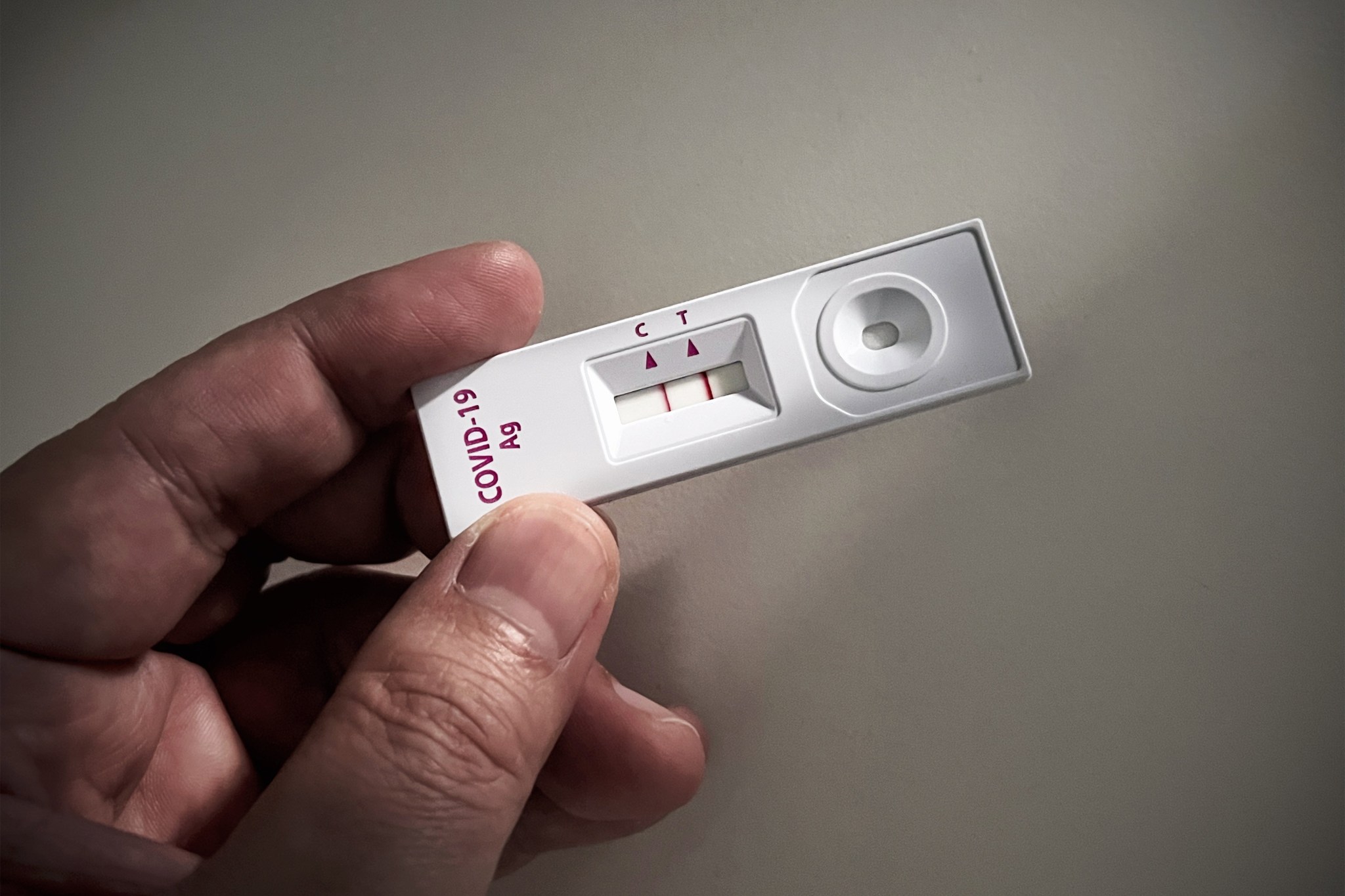
It’s winter, that cozy season that brings crackling fireplaces, indoor gatherings — and a wave of respiratory illness. Nearly four years since the pandemic emerged, people are growing weary of dealing with it, but the virus is not done with us.
Nationally, a sharp uptick in emergency room visits and hospitalizations for covid-19, influenza, and respiratory syncytial virus, or RSV, began in mid-December and appears to be gaining momentum.
Here are a few things to know this time around:
What’s Circulating Now?
The covid virus is continually changing, and a recent version is rapidly climbing the charts. Even though it appeared only in September, the variant known as JN.1, a descendant of omicron, is rapidly spreading, representing between 39% to half of the cases, according to pre-holiday stats from the Centers for Disease Control and Prevention.
Lab data indicates that the updated vaccines, as well as existing covid rapid tests and medical treatments, are effective with this latest iteration. More good news is that it “does not appear to pose additional risks to public health beyond that of other recent variants,” according to the CDC. Even so, new covid hospitalizations — 34,798 for the week that ended Dec. 30 — are trending upward, although rates are still substantially lower than last December’s tally. It’s early in the season, though. Levels of virus in wastewater — one indicator of how infections are spreading — are “very high,” exceeding the levels seen this time last year.
And don’t forget, other nasty bugs are going around. More than 20,000 people were hospitalized for influenza the week ending Dec. 30, and the CDC reports that RSV remains elevated in many areas.
“The numbers so far are definitely going in the not-so-good direction,” said Ziyad Al-Aly, the chief of the research and development service at the Veterans Affairs St. Louis Healthcare System and a clinical epidemiologist at Washington University in St. Louis. “We’re likely to see a big uptick in January now that everyone is back home from the holidays.”


Leave a Reply